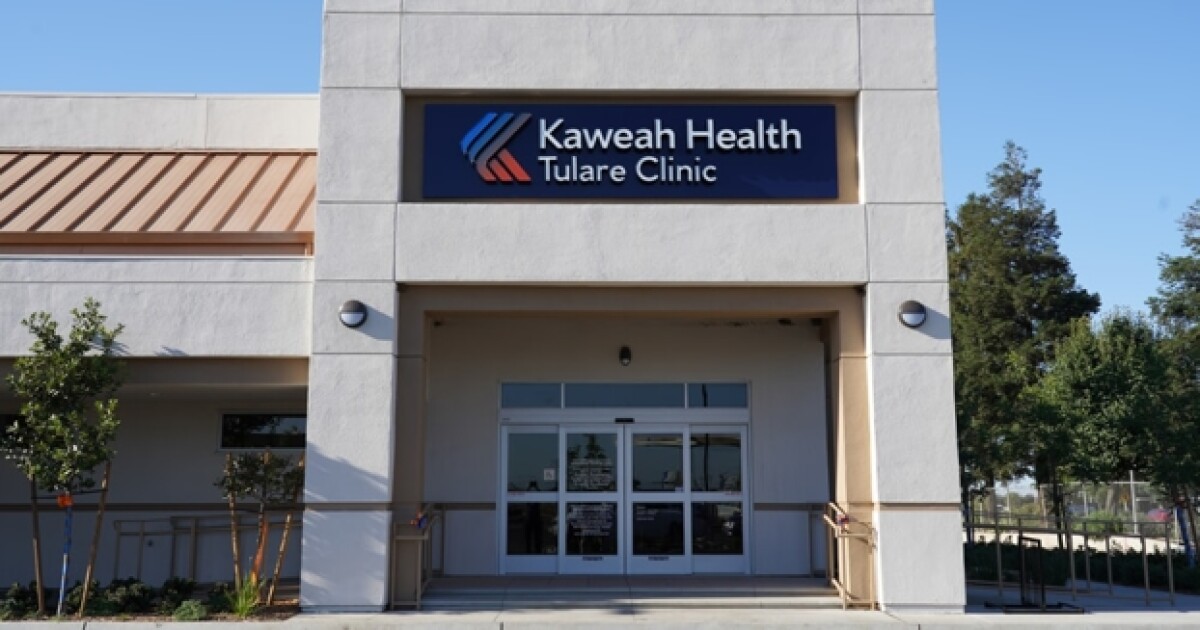Improved financials at Kaweah Health spur Moody’s rating outlook boost
3 min read

Beleaguered Kaweah Health Care District in central California had its rating outlook revised to stable from negative by Moody’s Investors Service, which cited significant traction by management on its financial turnaround plans.
Moody’s also affirmed the health care district’s revenue bonds at below investment grade Ba1 on Monday affecting $220 million of debt.
Kaweah Health Medical Center is the largest hospital in Tulare County and the only hospital in 140,000-population Visalia, according to its website. The health care district also operates a skilled nursing facility, a mental health hospital, a rehabilitation hospital, a dialysis center and five hospital-based rural health clinics.
“The revision of the outlook to stable from negative reflects successful execution of financial turnaround plans, which have allowed KHCD to significantly reduce operating losses and stabilize cash reserves,” Moody’s analysts Rita Strauss and Eva Bogaty said in the report.
Kaweah Health Care District
As a result, Moody’s analysts said, they expect the healthcare district will meet both its debt service coverage and days cash on hand covenants for fiscal 2024. An operating cash flow margin of at least 3% is projected by management for fiscal 2024. Unrestricted cash reserves have stabilized at roughly 84 days through Dec. 31, 2023, and are expected to improve to above 90 days by June 30.
The health care district was able to cure its June 30, 2023, covenant violations by following a consultant’s guidance. It had
Kaweah
Moody’s
The healthcare district has a “distinctly leading market position as the major tertiary referral center for Tulare County,” Moody’s analysts said.
Additional strengths cited by Moody’s include an all fixed-rated debt structure and conservative investment portfolio, although the district carries a high adjusted pension liability.
Factors that could lead to an upgrade are operating cash flow margins rising to 6% to 7%, meaningful improvement in leverage metrics, and a sustained and notable increase in absolute cash and investments and cash on hand exceeding 100 days. A downgrade could come if cash on hand margins fell materially below the 3% expected or if unrestricted cash reserves fell below 75 days.
The bonds are secured by a gross revenue pledge of the healthcare district. There is no debt service reserve fund required, unless the district fails to meet the conditions contained in the bond indenture, which is a 1.5 times cushion ratio and 1.35 times maximum annual debt service coverage measured semi-annually. The system is still funding its debt service reserve fund following the breach of these covenants at the Dec. 31, 2022, measurement. It has to clear the requirements for two years in order for the funds from the debt service reserve to be released.







